The art of pickling vegetables has been practiced for centuries across cultures, with fermentation standing as one of the oldest methods of food preservation. Among the various techniques, vinegar immersion—commonly referred to as the "vinegar soak reaction"—plays a crucial role in determining the flavor, texture, and safety of pickled products. One of the most critical indicators of successful pickling is the pH level, which directly influences microbial activity, shelf life, and taste. Understanding how pH evolves during the pickling process, particularly in kimchi and other fermented vegetables, provides valuable insights for both home cooks and food scientists.
When vegetables are submerged in a vinegar-based brine, an immediate chemical interaction begins. The acetic acid in vinegar starts penetrating the cellular structure of the vegetables, breaking down pectin and other fibrous components. This not only softens the texture but also initiates a drop in pH. In the initial stages, the pH can plummet rapidly, often falling below 4.6 within the first 24 hours. This acidic environment is hostile to many spoilage-causing bacteria, creating a selective pressure that favors the growth of lactic acid bacteria (LAB), the primary agents in vegetable fermentation.
The relationship between vinegar concentration and pH reduction is not linear. While higher vinegar content accelerates acidification, it can also inhibit the growth of beneficial LAB if too harsh. Traditional kimchi recipes, for instance, often rely on minimal vinegar, allowing natural fermentation to gradually lower the pH over days or weeks. In contrast, quick-pickling methods using strong vinegar solutions achieve safety and tanginess rapidly but may lack the complex flavors developed through slower microbial activity. The balance between immediate acidification and prolonged fermentation is a delicate dance that defines the character of the final product.
Temperature serves as another pivotal factor in pH dynamics. Warmer environments accelerate both vinegar penetration and microbial metabolism, leading to faster acid production. In controlled experiments, kimchi stored at 15°C may take weeks to reach a stable pH of around 4.2, whereas batches kept at 22°C can achieve the same within days. However, excessive heat risks creating an over-acidic product with muted flavors, as thermophilic bacteria outcompete more nuanced flavor-producing strains. This explains why traditional Korean kimchi fermentation often occurs in cool underground jars, allowing for gradual pH decline and flavor development.
The biological actors in this process—primarily Leuconostoc, Lactobacillus, and Pediococcus species—contribute to pH reduction through lactic acid production. As these bacteria metabolize sugars released from the vegetables, they generate acids that further depress the pH. This creates a feedback loop: increasing acidity suppresses competing microorganisms while encouraging acid-tolerant LAB. In well-fermented kimchi, the pH typically stabilizes between 4.0 and 4.5, a range that ensures preservation while maintaining palatability. Deviations outside this window often indicate fermentation issues—either insufficient acid production risking spoilage or excessive acidity leading to unpleasant sharpness.
Modern food science has quantified what traditional practitioners observed empirically. Studies using pH meters to track kimchi fermentation reveal distinct phases: an initial sharp drop as vinegar acts, followed by a slower decline during active LAB fermentation, and finally a plateau as sugar substrates deplete. The duration of each phase varies with ingredients—garlic and ginger additions, for example, introduce antimicrobial compounds that can temporarily slow acidification. Salt concentration also modulates pH changes by affecting bacterial viability; moderate salinity supports LAB while inhibiting pathogens, creating an environment where pH can safely decrease without microbial interference.
Consumer preferences for pickle acidity vary globally, influencing production methods. Southeast Asian pickles often exhibit pH values near 3.0 due to high vinegar content, delivering a pronounced sharpness. Korean kimchi typically maintains a milder 4.0-4.5 pH through balanced fermentation. This cultural divergence stems from historical preservation needs and taste adaptations—tropical climates necessitating stronger acid barriers, while temperate regions allowed slower fermentation. Contemporary producers now manipulate vinegar concentration, fermentation time, and temperature to target specific pH profiles catering to diverse markets.
Beyond taste and safety, pH levels affect nutritional aspects. The vitamin C content in pickled vegetables, for instance, degrades faster in lower pH environments. Conversely, certain antioxidants become more bioavailable as acidity breaks down cellular matrices. The evolving understanding of these interactions has led to optimized fermentation protocols that maximize both shelf life and nutritional retention. Artisanal producers increasingly monitor pH not just as a safety metric but as a quality control parameter, recognizing its profound impact on everything from crispness retention to probiotic viability.
Emerging technologies are reshaping pH management in pickling. Smart fermentation tanks now equipped with continuous pH monitoring and automated acid adjustment represent the industrial end of the spectrum. At home, simple pH test strips empower enthusiasts to track their ferments with precision previously unavailable. Between these extremes lies a growing appreciation for the science behind the sour—a recognition that whether making kimchi in Seoul or pickling cucumbers in Chicago, the vinegar soak reaction and its pH consequences remain fundamental to the craft.

By /Jul 14, 2025

By /Jul 14, 2025
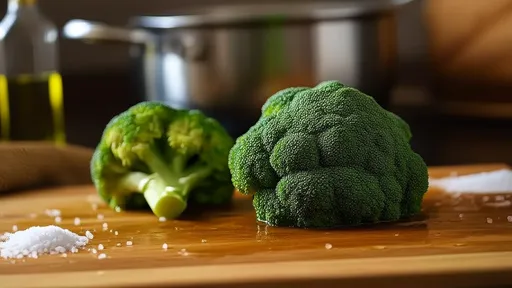
By /Jul 14, 2025
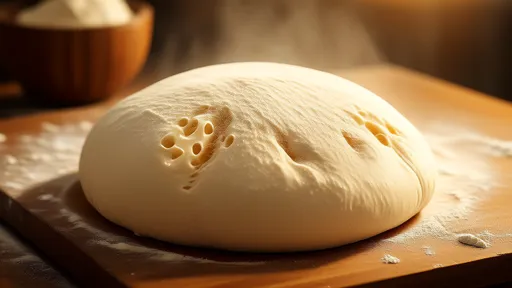
By /Jul 14, 2025
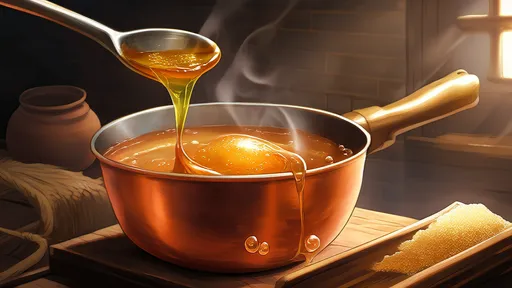
By /Jul 14, 2025

By /Jul 14, 2025
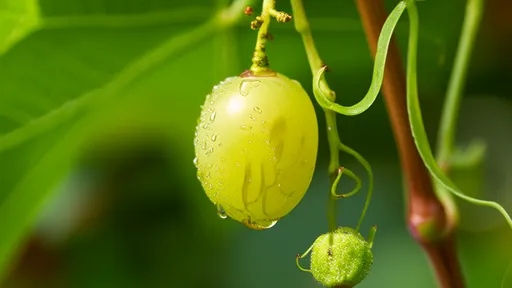
By /Jul 14, 2025
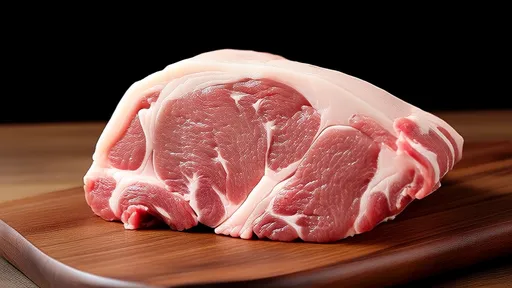
By /Jul 14, 2025
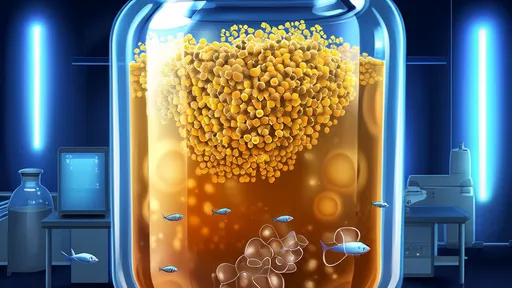
By /Jul 14, 2025
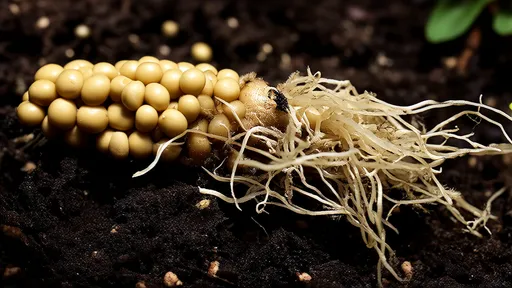
By /Jul 14, 2025

By /Jul 14, 2025
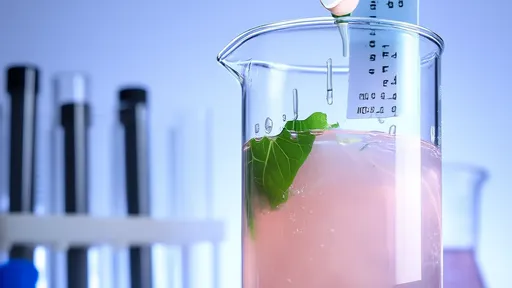
By /Jul 14, 2025
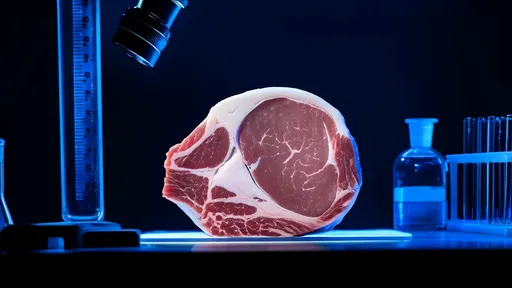
By /Jul 14, 2025

By /Jul 14, 2025
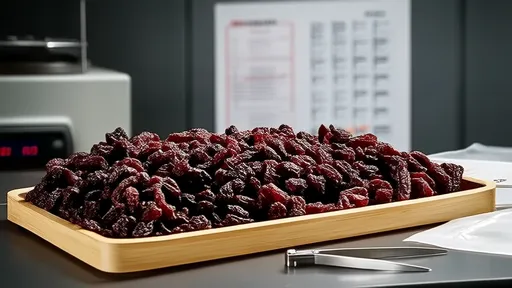
By /Jul 14, 2025
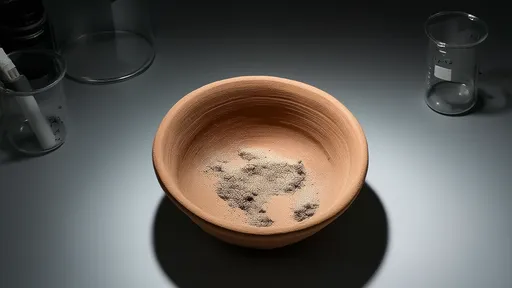
By /Jul 14, 2025
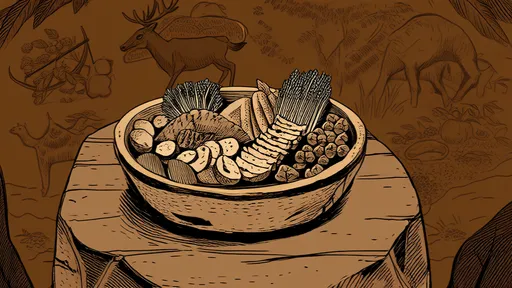
By /Jul 14, 2025
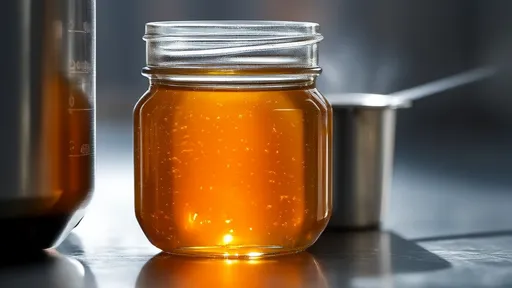
By /Jul 14, 2025